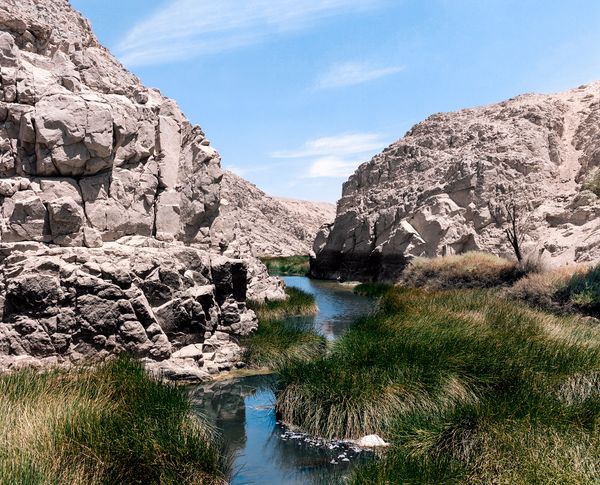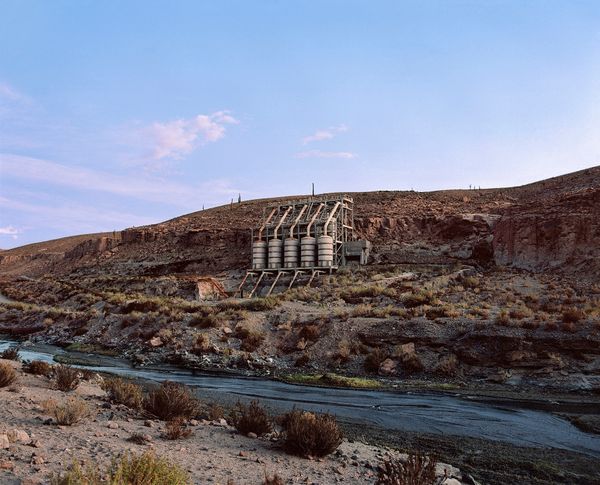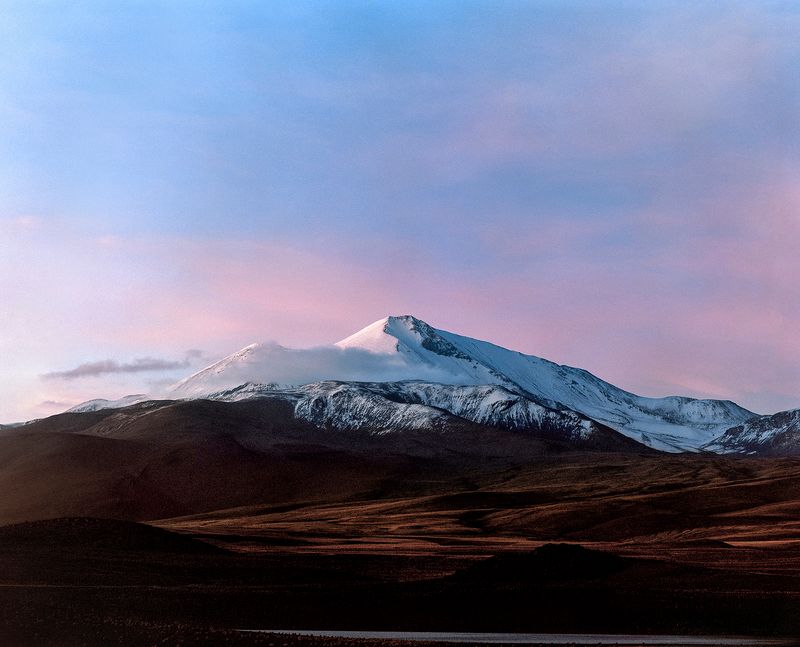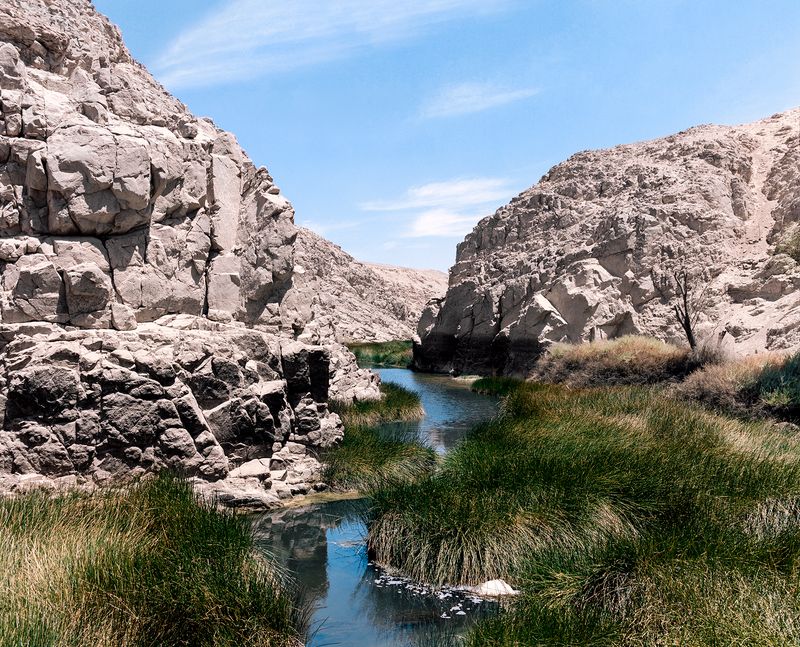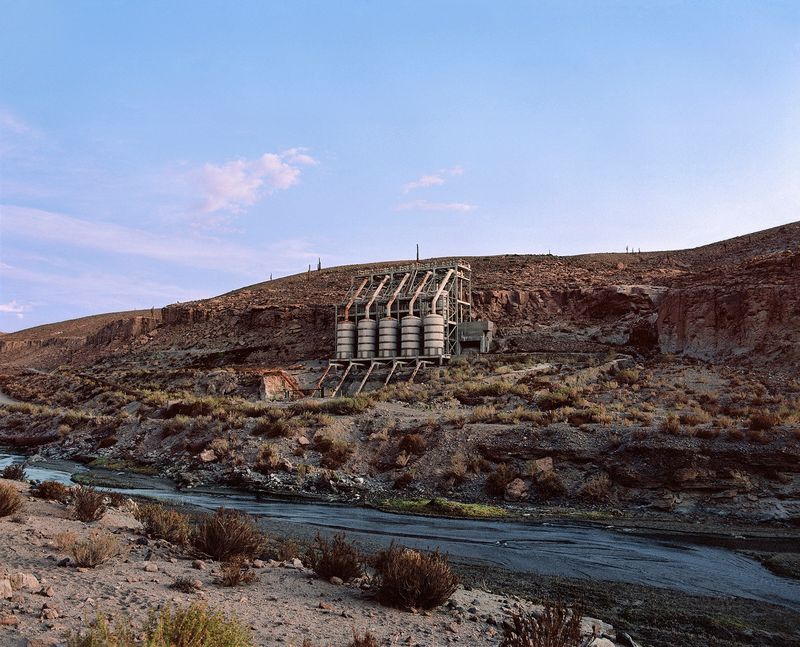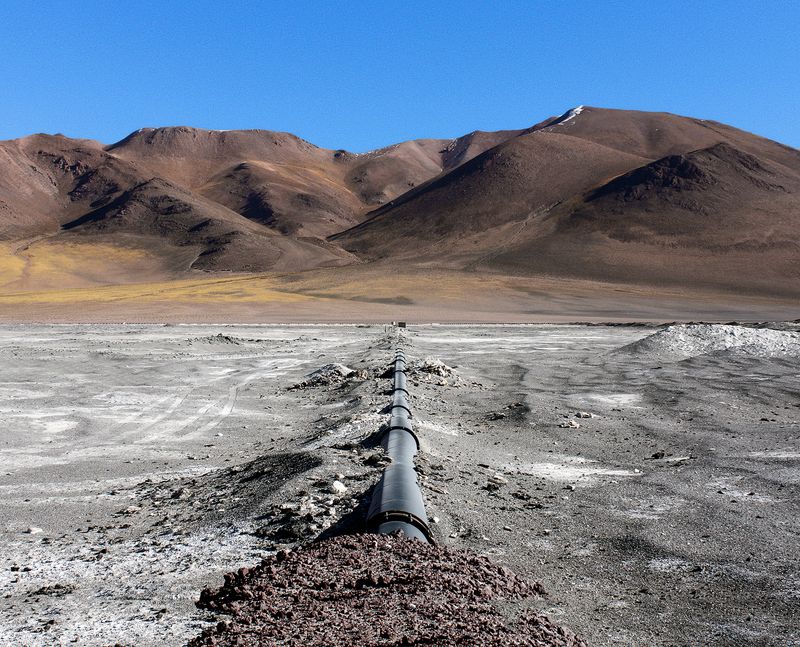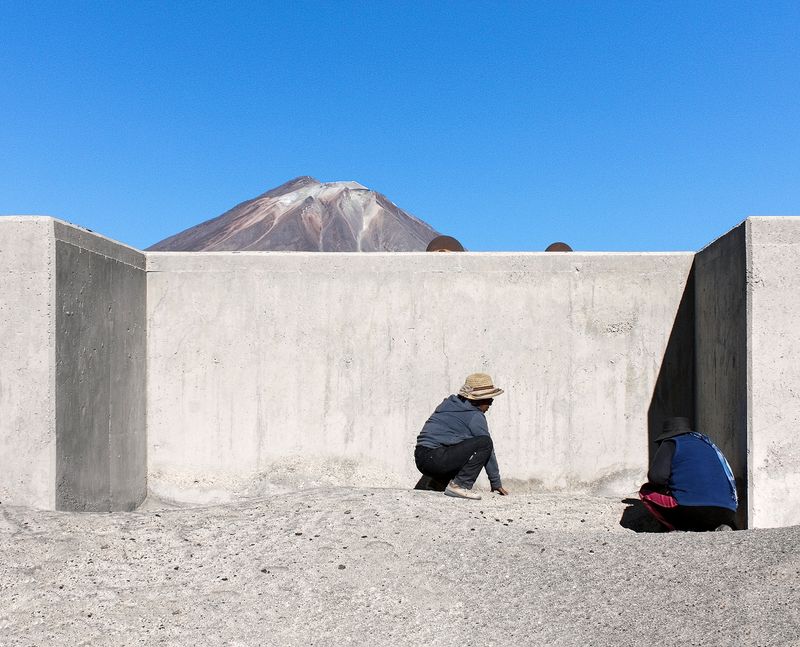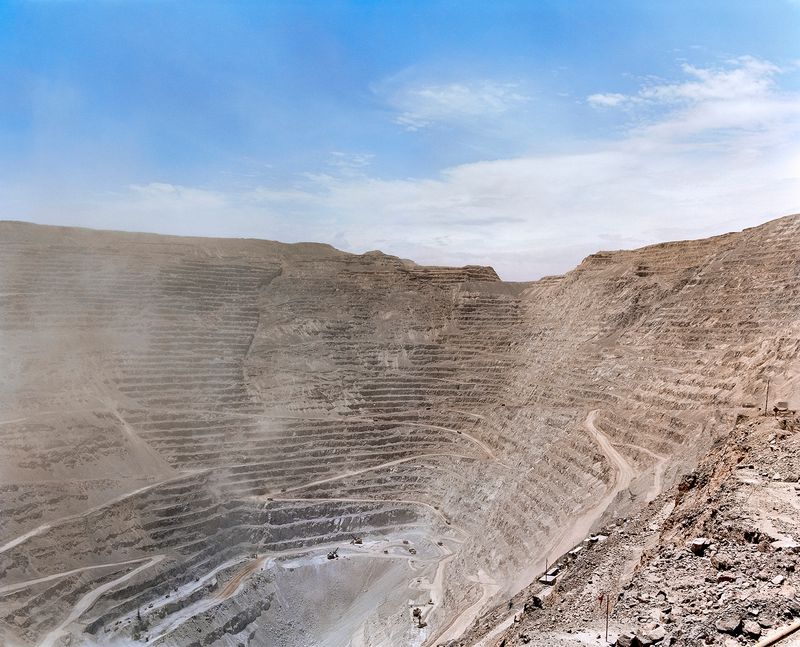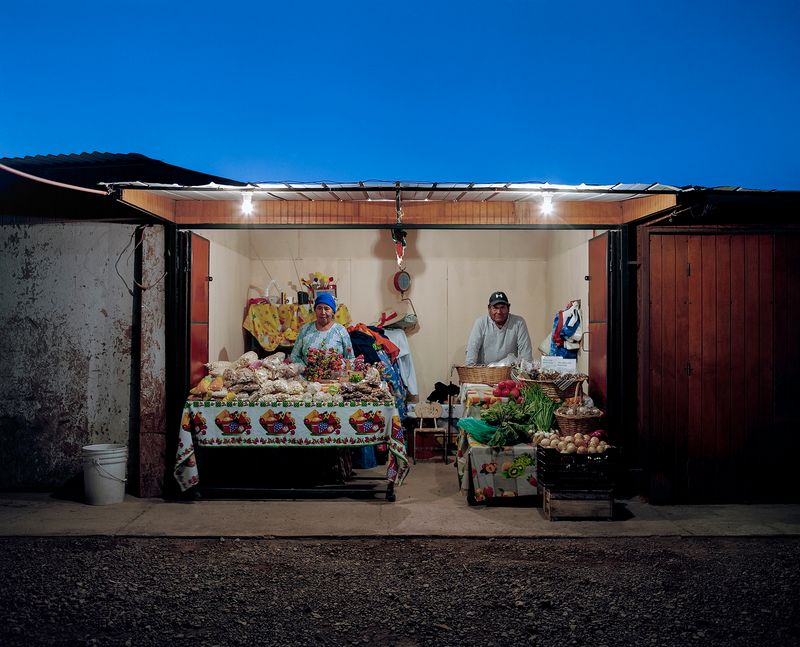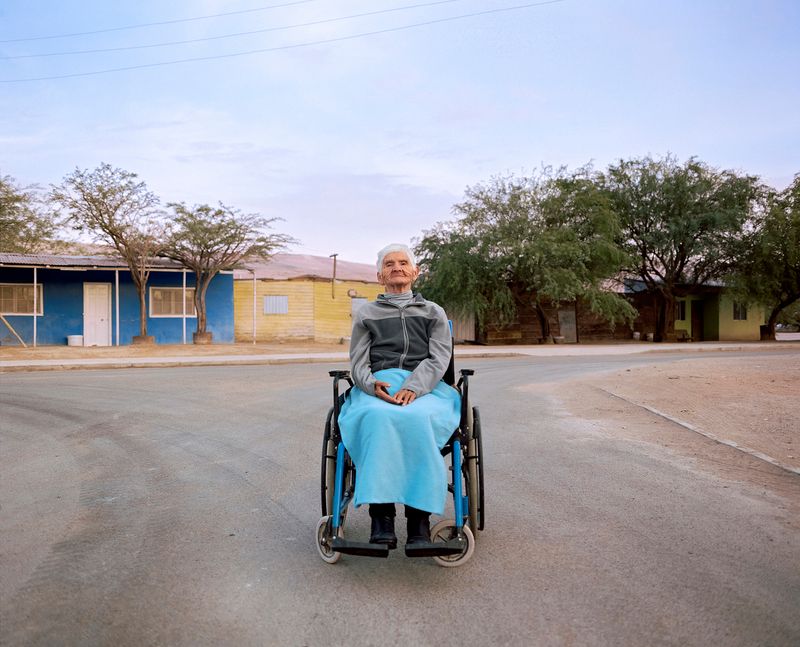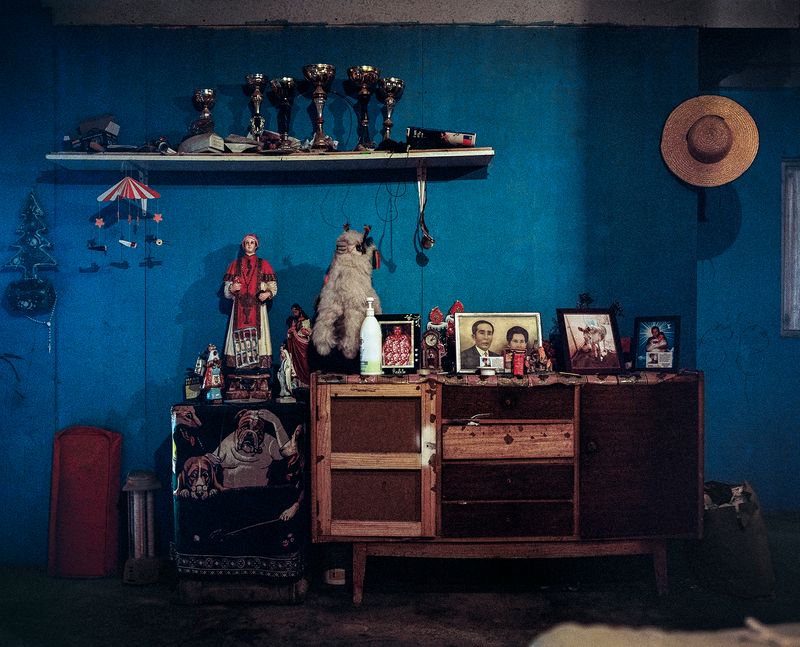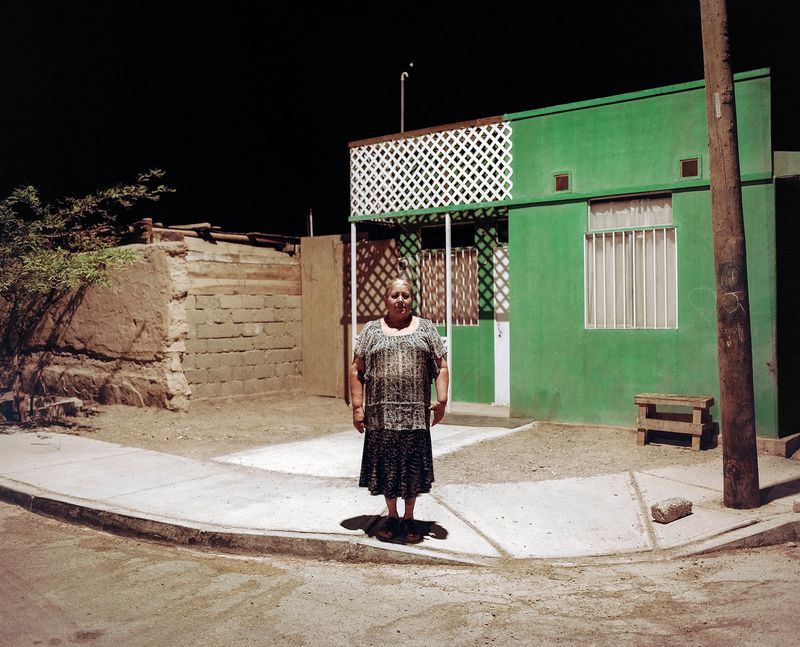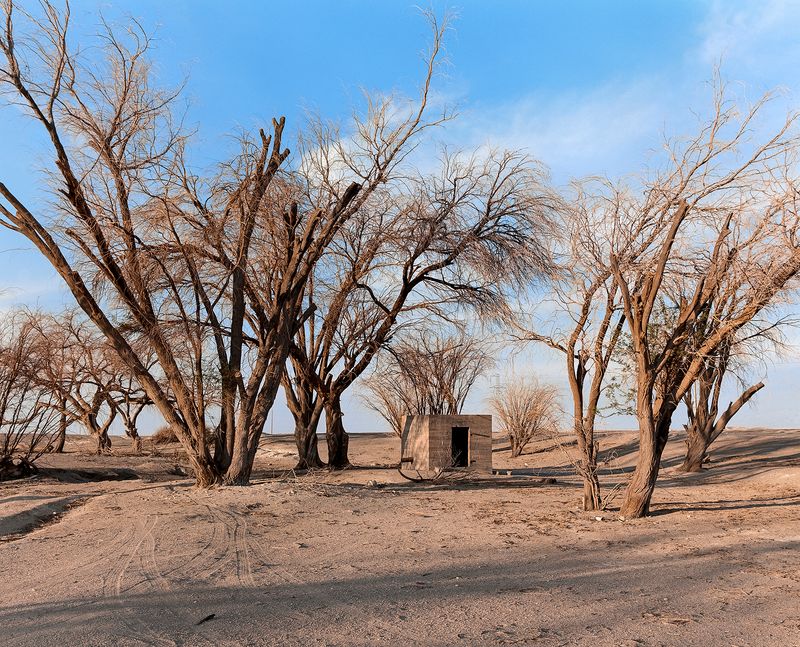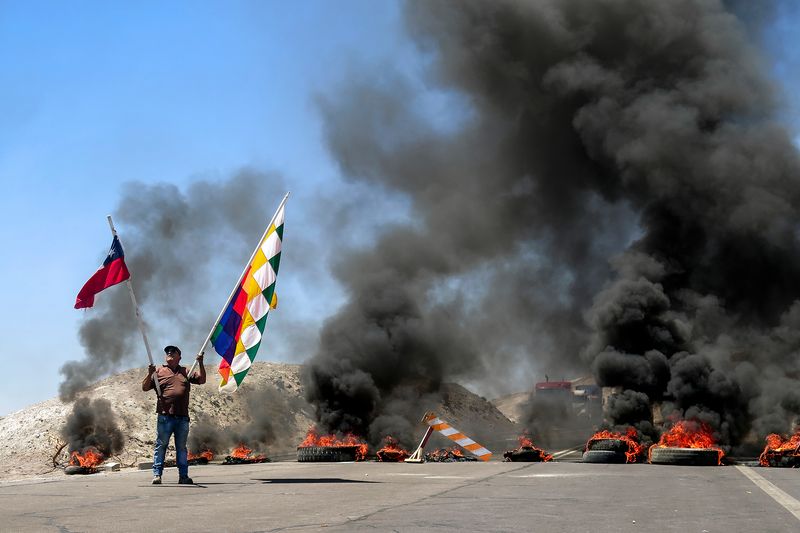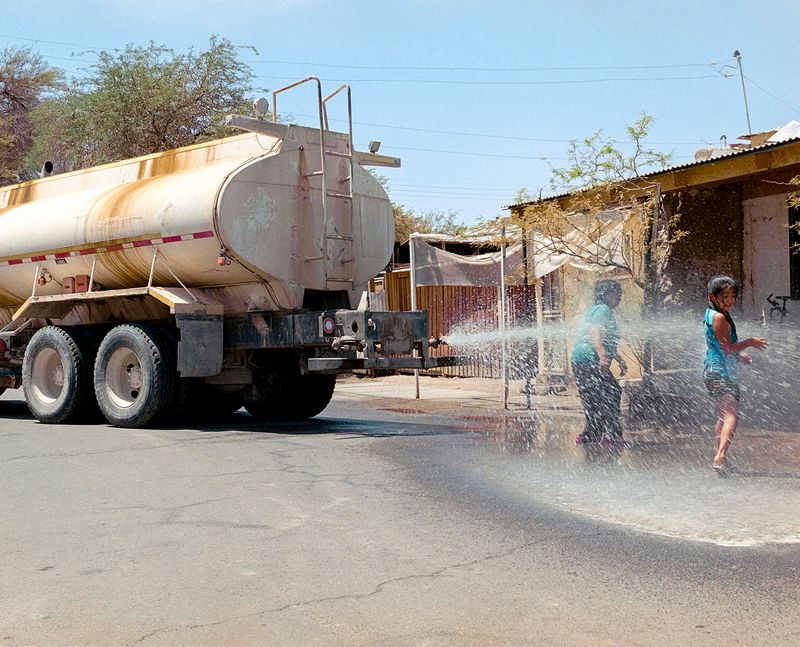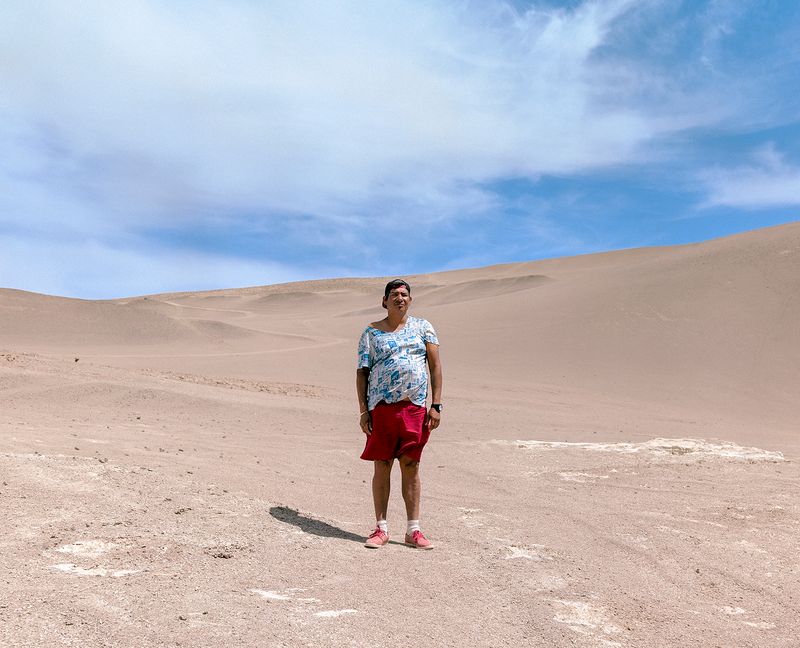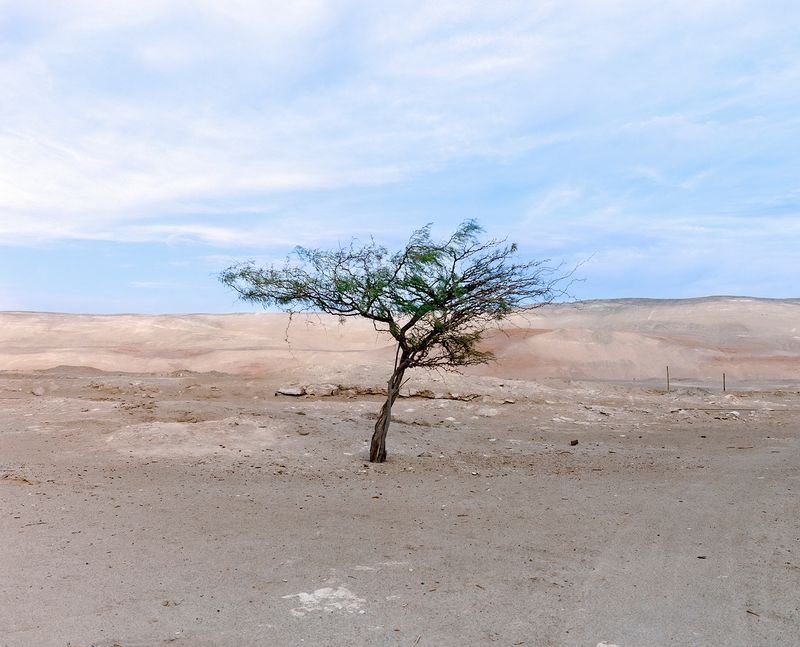In the shade of the carob trees
-
Dates2013 - 2022
-
Author
- Topics Portrait, Documentary
- Location Calama, Chile
-
Recognition
Photographic and environmental documentary about the Loa river basin and the Aymara community of Quillagua, the driest town on the planet (National Geographics, 2002), which suffered the most serious
Placed in the heart of the Atacama Desert, the Loa River (the longest river in Chile with almost 440 km in length) is suffering a dramatic environmental crisis. Its strategic importance is vital, as it is the only water source that reaches the sea in more than 800 km from north to south, thus generating a settlement pole of pre-Hispanic Andean cultures that have maintained a diversity of uses and forms of reciprocal relationship with this habitat.
Although the water problem is associated with a period of “natural” drought, the reality is that since 1870 the river has suffered various appropriations and contamination of its tributaries by mining activities, causing an ecological disaster that has led to the migration of its inhabitants and the disappearance of customs and ways of life.
In recent years the river has reduced its flow and only animal carcasses are found along its banks. Kilometers of pipes and dead carob trees complete the desolate landscape. In the lower part of the basin the situation is more serious: chemicals and industrial minerals have killed the soil, affecting the Aymara people of Quillagua, the last human stronghold before the river flows into the sea.
Historical background speaks of this village as prosperous. Its location positioned it as the great indigenous oasis of Atacama and a meeting point for communities coming and going from the altiplano to the sea, thus producing a rich culture with a strong connection to the river. In addition, the extraction of shrimp, the production of corn and forestry, farming and livestock products supplied the saltpetre offices in the last century.
But that is over. Quillagua is now the driest area in the world (National Geographics, 2002). The saltpeter works closed, the train and road stopped passing through the village, and the river recently suffered two of the worst contaminations in Chilean history. The final blow is being dealt by drought, privatization and the appropriation of water by the mining industry. Impoverished, with no potable water and little electricity, its young population is emigrating.
The 70 inhabitants of Quillagua are witnessing the end of its culture and an ancient relationship with the Loa River. But despite this serious condition, the community resists disappearing and continues its ancestral traditions as a sense of identity. A relationship that has been historically produced through social, territorial and water configurations in the driest desert on the planet.
Residency Bursary at Landskrona Foto:
"Asylum against oppression: Portrait, archive and territory of political exiles from Chile in Landskrona, Sweden".
Research project on political exiles in Landskrona, Sweden -after the coup d'état that led to the dictatorship of Augusto Pinochet in Chile (1973-1990)-. Making a contact prior to the residency, we hope to investigate the life and experience of this group of people who left their lives behind, developing a body of work that involves portraiture, personal archival material and record of the territory they inhabit in the city of Landskrona, Sweden.(and perhaps Malmö).

